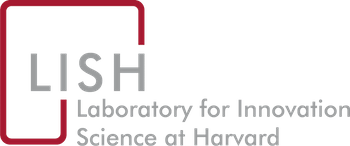Kevin Boudreau, Tom Brady, Ina Ganguli, Patrick Gaule, Eva Guinan, Tony Hollenberg, and Karim R. Lakhani. 2017. “
A Field Experiment on Search Costs and the Formation of Scientific Collaborations.” The Review of Economics and Statistics, 99, 4, Pp. 565-576.
Publisher's VersionAbstractScientists typically self-organize into teams, matching with others to collaborate in the production of new knowledge. We present the results of a field experiment conducted at Harvard Medical School to understand the extent to which search costs affect matching among scientific collaborators. We generated exogenous variation in search costs for pairs of potential collaborators by randomly assigning individuals to 90-minute structured information-sharing sessions as part of a grant funding opportunity for biomedical researchers. We estimate that the treatment increases the baseline probability of grant co-application of a given pair of researchers by 75% (increasing the likelihood of a pair collaborating from 0.16 percent to 0.28 percent), with effects higher among those in the same specialization. The findings indicate that matching between scientists is subject to considerable frictions, even in the case of geographically-proximate scientists working in the same institutional context with ample access to common information and funding opportunities.
![]()
![]()
![]()
![]()
![]()
